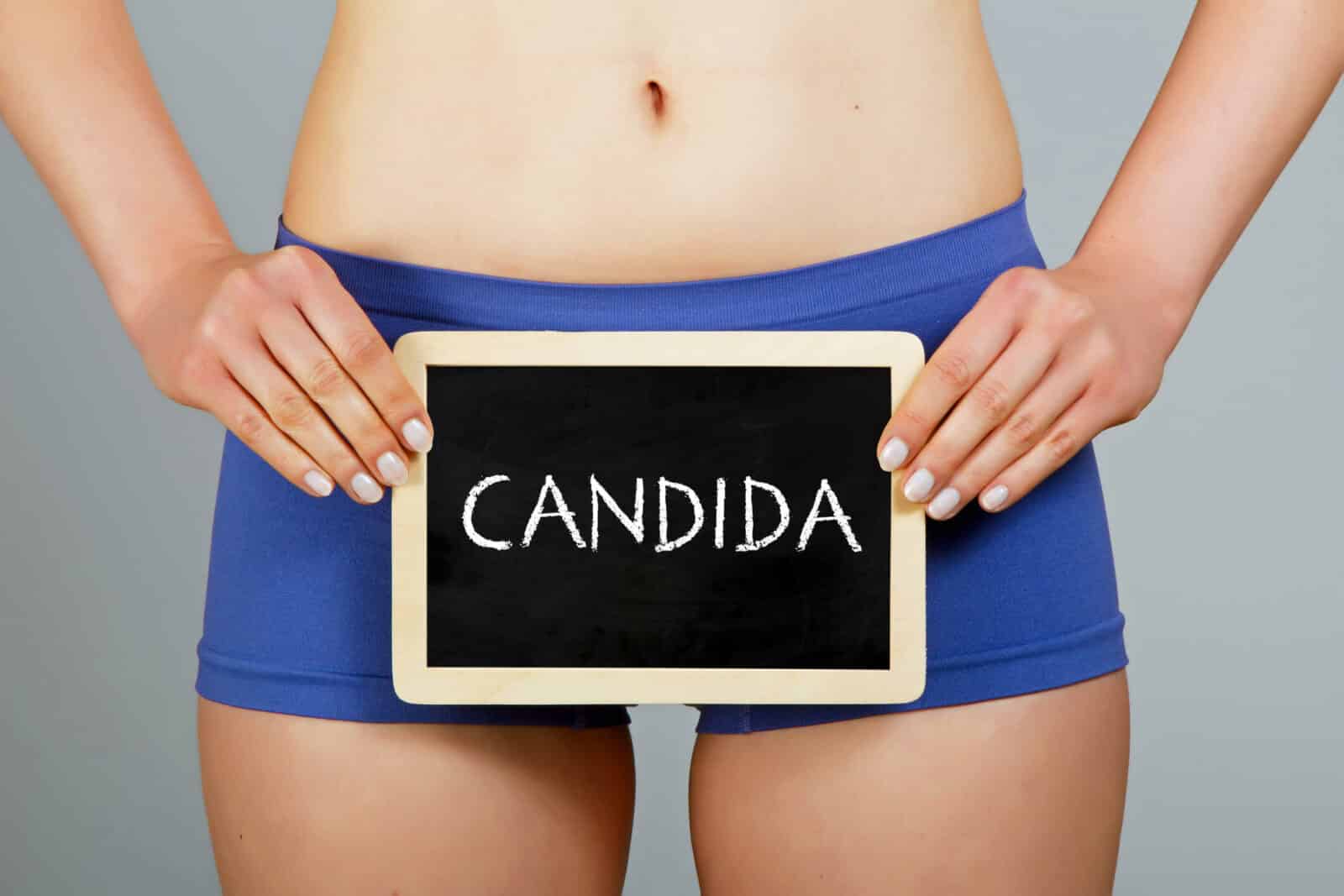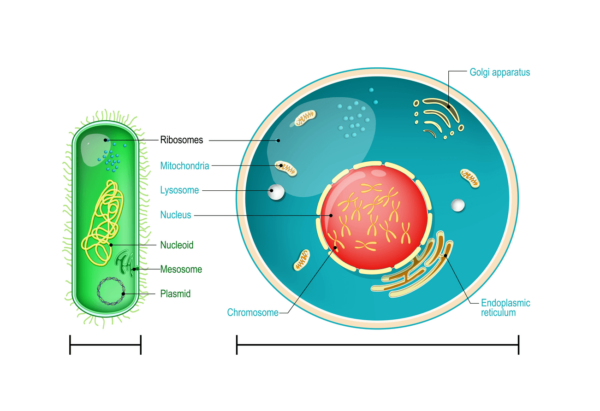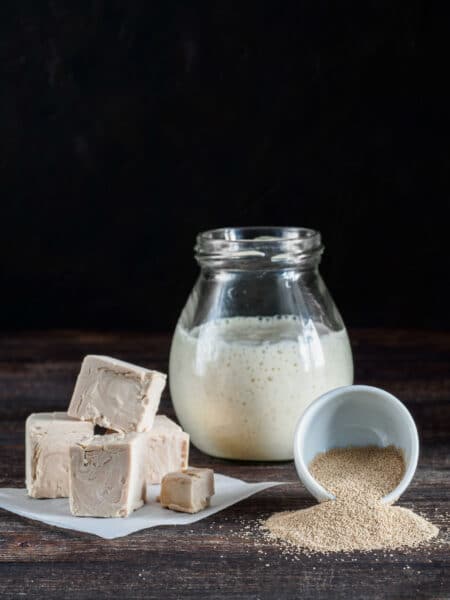There are a lot of misconceptions about yeast infections, primarily that you can get them from coming into contact with any form of yeast. It is important to first understand that there are many different types of yeast and the majority of them are not the cause of yeast infections.
We will try and dispel the most common misconceptions about yeast infections and provide you with all the information you need to know to help prevent or cure a yeast infection if you happen to get one!
What’s a yeast infection?
A yeast infection is a common fungal illness that may affect many sections of the body, sometimes referred to as candidiasis.
Vaginal yeast infections are the most prevalent kind of yeast infection and are brought on by an overabundance of the fungus Candida albicans in the vagina.
The mouth (oral thrush), skin, and skin creases (such as those beneath the breasts or in the groin area) are just a few other places where yeast infections can manifest.

What causes yeast infections?
What is a yeast infection caused by you may be asking?
The primary cause of a traditional yeast infection is the overgrowth of the candida albicans fungus. Generally harmless, Candida is typically present in modest numbers in the body, but several causes, such as hormonal changes, immune system deterioration, antibiotic usage (which can upset the body’s normal balance of bacteria and yeast), uncontrolled diabetes, and pregnancy, can cause an overgrowth.
The yeasts Candida albicans and Saccharomyces cerevisiae should not be confused, as they are fundamentally different. S. cerevisiae is a yeast rarely implicated in human pathology.
Saccharomyces yeast has been used for centuries to produce bread, beer, champagne and wine. It has even been discovered that certain Saccharomyces yeasts, such as the boulardii subtype, are probiotics capable of interacting positively with the human organism.
What causes yeast infection in women?
Yeast infections in women or female yeast infections can be caused in the same way as general yeast infections, primarily through an overgrowth of the yeast candida albicans.
Yeast infections in women or female yeast infections can be caused in the same way as general yeast infections, and are due in 80% of cases to the Candida albicans species.
The term “yeast infection of the vulva” usually simply refers to a vaginal yeast infection.
What does a yeast infection look like?
Depending on the location affected, the symptoms of a yeast infection might vary, but they frequently include itchiness, burning, redness, and pain. You can also experience a thick, white discharge that resembles cottage cheese if you have vaginal yeast infections.
What foods cause yeast infections?
Dietary factors alone are unlikely to cause yeast infections, however, they can contribute to an environment where candida overgrowth is more likely to occur.
Certain dietary factors can influence the risk of developing yeast infections, particularly if you’re prone to them. These include:
– foods containing sugars with a high glycemic index (sweets, jams, ice creams, cookies, etc.),
– alcohol,
– processed foods,
– dairy products, except fermented dairy products (kefir, yoghurt, etc.).
It is important to understand and dispel the misconception that the yeast found in foods like bread and beer is the same as candida yeast responsible for infections, nevertheless, some individuals may be sensitive to dietary yeast.
How to prevent yeast infection?
Yeast infections can be prevented with certain measures. These include:
- practicing excellent hygiene,
- refraining from douching,
- using breathable cotton undergarments,
- avoiding wearing clothes that are too tight,
- controlling underlying medical issues that might make one more susceptible to yeast infections,
- avoid frequent use of antibiotics.
Yeast infection cures
Antifungal drugs, which can be applied locally (in the form of creams or ointments) or taken orally (in the form of tablets or capsules), are often used to treat yeast infections. The choice of therapy depends on the degree and location of the infection and includes both over-the-counter and prescription treatments.
Can drinking a lot of water get rid of yeast infection?
Drinking lots of water in most cases is a healthy practice that is important for your general health. However, yeast infections are typically treated with antifungal medications either topically or orally as pills. Water alone will not do much to get rid of a yeast infection.
Does cranberry juice help yeast infection?
Cranberry juice is often recommended for urinary tract infections (UTIs) as it can make the urine more acidic and potentially inhibit the growth of certain bacteria in the urinary tract. UTIs and yeast infections are not the same and cranberry juice will not address the fungal overgrowth of a yeast infection.
What can be confused with yeast infections?
Because the symptoms (itchiness, burning, redness, and pain) of a yeast infection are quite common it can often be confused with other conditions such as bacterial vaginosis, sexually transmitted infections, and hormonal changes. That is why it is always important to first speak to a medical professional to receive an accurate diagnosis before beginning any type of treatment.
You should now have a clear picture of what yeast infections are and are not and what you can do to help prevent and treat them should you get an infection.




